Engagement Model
A well-thought-out engagement model creates a synergy between the client and the development team, fostering a shared vision and mutual understanding of the project’s objectives.
Trusted by STARTUPS AND TOP MNCS
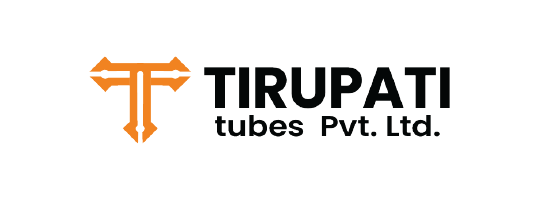
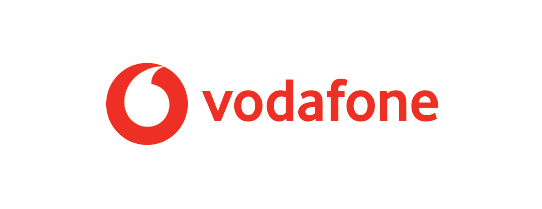
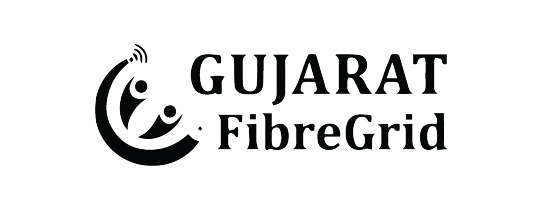
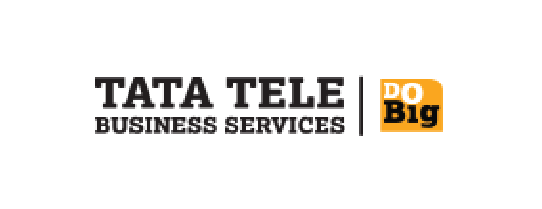
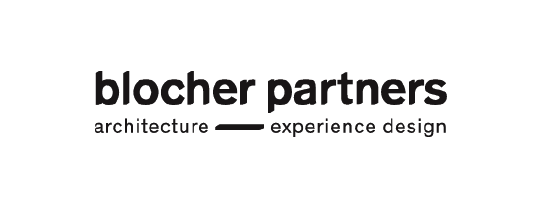
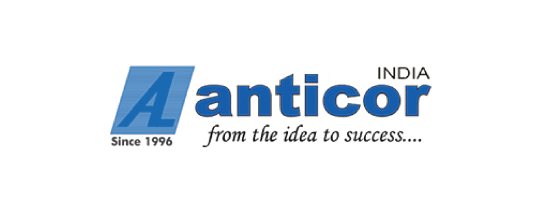
The Fixed Price Engagement Model is a collaboration framework where the client and the we are agree on a predetermined cost for the entire project. This model is most suitable for projects with well-defined requirements, a clear scope, and a predictable timeline.
Benefits of Fixed Cost Engagement Model :
1. Cost Predictability:
Lorem ipsum dolor sit amet, consectetur adipiscing elit. Ut elit tellus, luctus nec ullamcorper mattis, pulvinar dapibus leo.
2. Reduced Risk:
The software development company assumes most of the risks associated with project delivery, as they are responsible for completing the project within the agreed-upon budget and timeline.
3. Low Management Effort:
Clients can focus on their core business activities, as the software development company takes care of project management and execution.
When to Choose ?
1. Clear Project Scope:
Choose this model when you have a well-defined project scope with specific requirements and deliverables that are unlikely to change during the development process.
2. Limited Budget:
Opt for the Fixed Cost Model when you have a strict budget and need cost predictability for planning and resource allocation purposes.
3. Tight Timeline:
If your project has a strict deadline and requires timely delivery, the Fixed Cost Model can help ensure that the project is completed within the agreed-upon schedule.
The Dedicated Team Model is a collaboration framework in which the client hires a team of developers from us to work exclusively on their project. This model is ideal for long-term projects with evolving requirements, complex development processes, or when the client wants to maintain control over the development process.
Benefits of Fixed Cost Engagement Model :
1. Flexibility:
Clients can easily scale the team size, change project requirements, or adjust priorities as needed, ensuring that the development process remains agile and adaptive.
2. High Level of Control:
Clients have direct control over the team and can manage them according to their preferred methodologies and processes, fostering a collaborative environment.
3. Better Collaboration:
The dedicated team becomes an extension of the client's in-house team, leading to better communication, understanding, and knowledge sharing.
When to Choose ?
1. Long-Term Projects with Evolving Requirements:
Opt for the Dedicated Team Model when your project has changing requirements or the scope is expected to expand over time, requiring a flexible and adaptive development process.
2. Control Over Development Process:
Choose this model when you want to maintain control over the development process, manage the team directly, and ensure that the project aligns with your organization's methodologies and culture.
3. Need for Specialized Expertise:
If your project requires specialized skills or expertise that your in-house team lacks, the Dedicated Team Model enables you to access the software development company's talent pool and leverage their expertise for your project's success.
The Time and Material Model is a collaboration framework in which clients pay for the actual time and resources spent by the software development company on the project. This model is well-suited for projects with uncertain or changing requirements, flexible timelines, or when the emphasis is on delivering a high-quality end product.
Benefits of Fixed Cost Engagement Model :
1. Flexibility:
Clients can adjust project requirements, scope, or priorities without renegotiating the contract, enabling the development process to adapt to changing needs or market conditions.
2. Transparent Billing:
Clients pay only for the actual work done, which ensures they get value for their investment and can track project expenses in real-time.
3. Higher Quality:
Developers can focus on delivering the best possible quality without worrying about exceeding a fixed budget or cutting corners to meet predetermined costs.
When to Choose ?
1. Uncertain or Changing Project Requirements:
Opt for the Time and Material Model when your project has unclear requirements or the scope is expected to evolve over time, as this model can accommodate changes without affecting the contract.
2. Quality Over Cost:
Choose this model when you prioritize delivering a high-quality end product over cost considerations and are willing to invest in the necessary resources and time to achieve the desired outcome.
3. Flexible Timelines:
If your project has a flexible timeline that can accommodate adjustments based on changing requirements or market conditions, the Time and Material Model is a suitable choice.
Karan Raghani
Kaushal Panchal
Rohan Jogani
Chirag Doshi
Vidisha Purohit